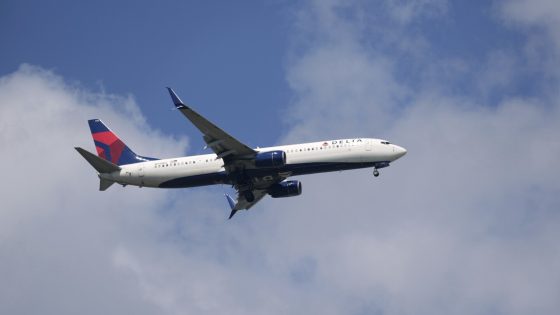A Delta Air Lines flight from Salt Lake City to Amsterdam experienced severe turbulence, injuring multiple passengers and necessitating an emergency landing in Minneapolis-St. Paul International Airport. This incident, which occurred on July 31, 2025, highlights growing concerns about in-flight safety as turbulence-related injuries become more frequent.
- Delta flight diverted due to severe turbulence
- 25 passengers hospitalized for evaluation
- Turbulence injuries becoming more common
- Climate change affecting jet stream patterns
- Recent fatality from turbulence on airlines
The flight landed around 7:45 p.m. local time, where emergency responders met the aircraft. Of the injured, 25 passengers were transported to hospitals for evaluation and treatment. While serious injuries from turbulence are rare, experts warn that climate change may be altering jet stream patterns, potentially increasing turbulence incidents.
This incident follows a tragic event in May 2024, when a Singapore Airlines flight encountered severe turbulence, resulting in the first turbulence-related death on a major airline in decades. As air travel continues to rise, how can airlines better prepare for such unpredictable weather events?
This incident raises critical questions about air travel safety. Are airlines adequately prepared for the increasing frequency of turbulence? As climate change continues to impact flight patterns, the aviation industry must adapt to ensure passenger safety.
- Airlines may need to invest in advanced weather-tracking technology.
- Passengers should be encouraged to wear seatbelts at all times during flights.
- Regulatory bodies might introduce stricter safety measures for turbulence preparedness.
- Global awareness of climate impacts on aviation is essential for future planning.
As we look ahead, it is crucial for airlines and regulatory authorities to collaborate on enhancing safety measures. Will this incident prompt meaningful changes in aviation protocols globally?

































